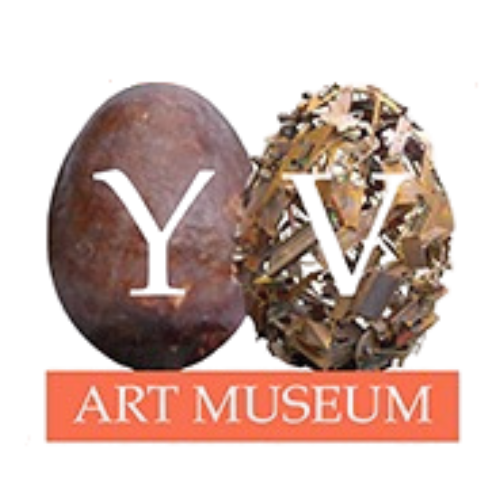GIANT BABY
The "GIANT BABY" consists of two components: a sculpture of mother and child and a painting of the sculp- ture’s shadow juxtaposed against a beach scene. The work addresses the phenomenon of "Giant Baby Syndrome," which seems to have become more pronounced in recent years. Traditionally, as children mature, their mental and emotional capacity to live independently grows in parallel with their age. However, the "Giant Baby" syndrome occurs when an individual reaches physical maturity but remains mentally and emotionally dependent, demanding attention and care like a child.
Historically, this syndrome was often linked to overindulgent parenting in affluent soci- eties. Today, however, it manifests across all walks of life and social classes, as many in- dividuals remain in their comfort zones and resist growing mentally and emotionally. Yin Peet’s initial motivation for creating this work was to critique this widespread phe- nomenon. However, as the creative process unfolded, Yin developed an empathetic un- derstanding, recognizing that many of us, to varying degrees, act like "Giant Babies," re- luctant to "grow up."
The sculpture is made from fiberglass, with both the mother and child depicted as over- sized human figures. The child, in a lively and exuberant posture, sits in a stroller that is clearly too small for them. The mother, dressed in a 19th-century gown, is slender, ele- gant, and aloof, responding to the antiquity of the stroller. The painting accompanying the sculpture portrays the mother and child on an outing, strolling along the beach on a sunny day. The use of antiquity in the imagery suggests that "Giant Baby Syndrome" may not be a modern problem but rather a centuries-old phenomenon. While growing up and shouldering increasing responsibilities is an inevitable part of life, the question remains: how do we face this challenge? Yin’s "Giant Baby" work prompts reflection on this pro- found issue.
